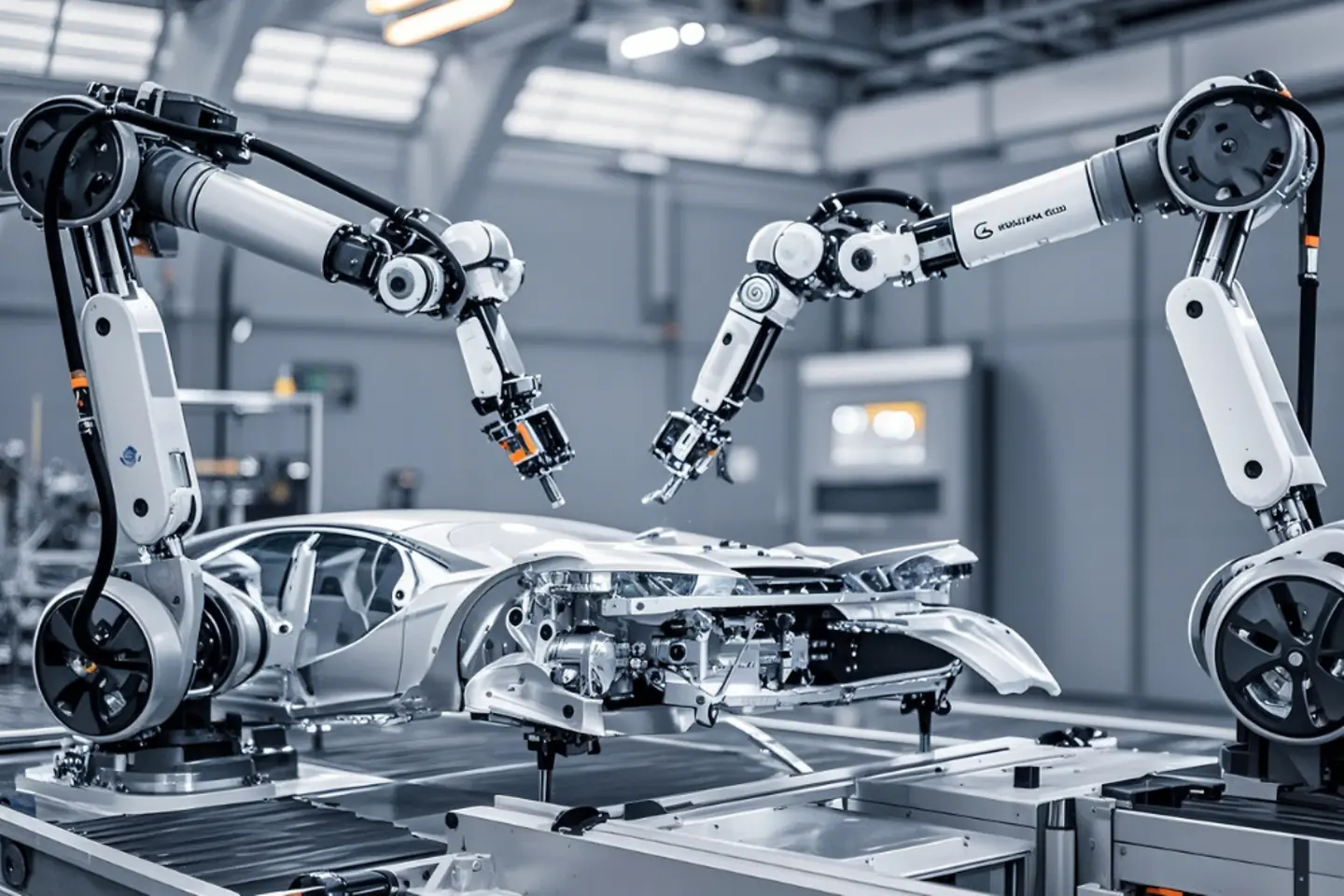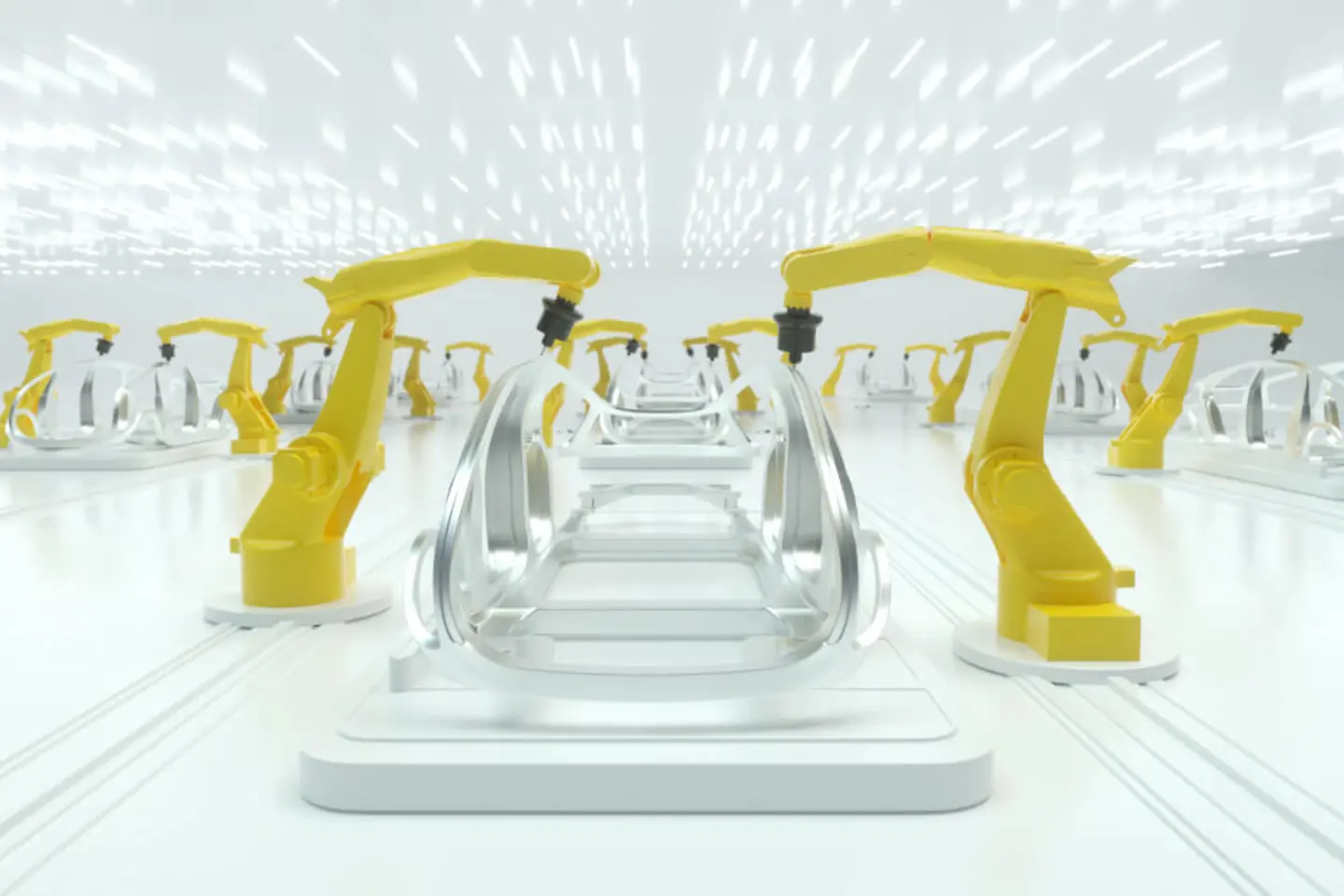
Looking to make your systems more efficient and reliable with AI? Success depends on full integration with business processes, IT systems, and data sources – plus high availability and scalability. Our AI Solution Factory, led by seasoned AI and technology experts, helps you eliminate risks and move confidently into live, production-ready environments.
Does your AI solution provide scalability and reliability? Are you struggling to integrate AI on Edge or within hyperscaler environments? Make the transition from AI prototype to productive end systems easier and more cost-efficient. The AI Solution Factory combines an Application Suite which links to your business logic and systems, together with a Deep Learning factory, which provides a standardized environment for the development of AI services, with a cloud-agnostic approach. This end-to-end solution eliminates the three main failure rates to ensure AI integrates with your customer systems.

Almost nine zettabytes of data will be stored by 2024 (IDC). AI enables the creation of new, data-driven business models, but you will want to make sure your information and connections remain secure at all times. The AI Factory is secure by design, and vendor agnostic. It integrates with any hyperscaler platform or Edge Computing strategy to automate the scale-up of AI into your live productive systems. With T-Systems managing the entire AI journey from end-to-end, you can quickly realize the benefits of AI and accelerate your digital transformation. AI doesn’t have to be complicated. With our help, it isn’t!